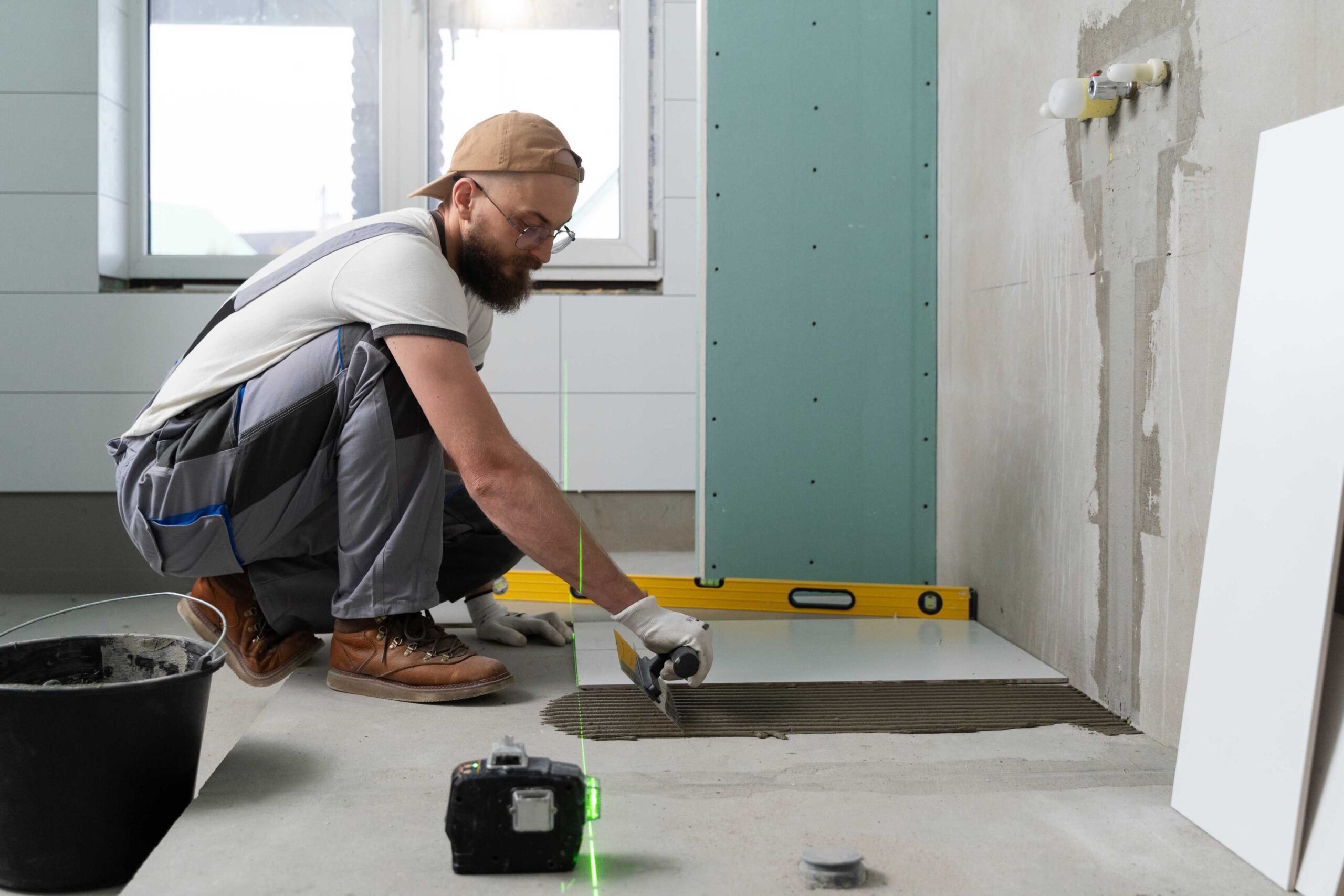Air circulation is an essential part of maintaining a healthy and comfortable living or working space. Proper ventilation helps regulate temperature, control humidity, and remove pollutants, odors, and excess heat. Two common devices that play a key role in improving indoor air quality are ventilating fans and exhaust fans. While both are designed to enhance airflow, they serve different purposes and are best suited for specific situations. Understanding the difference between a ventilating fan vs exhaust fan can help you make the right choice for your home, office, or industrial setup.
What is a Ventilating Fan?
A ventilating fan is designed to circulate and refresh the air inside a room by pulling in fresh air from outside and pushing stale air out. These fans promote continuous airflow, ensuring that the indoor environment remains pleasant and healthy. Ventilating fans are particularly useful in spaces where natural ventilation is limited, such as basements, offices without windows, and certain commercial or industrial settings.
Key Features of Ventilating Fans
-
Dual-purpose operation – They can draw in fresh outdoor air while expelling stale indoor air.
-
Improves indoor air quality by continuously circulating and refreshing the air.
-
Maintains balanced air pressure, preventing the buildup of heat, humidity, and odors.
-
Energy-efficient options are available, including ceiling-mounted, wall-mounted, or window-mounted types.
What is an Exhaust Fan?
An exhaust fan, on the other hand, is designed specifically to remove indoor air that is humid, hot, or filled with odors, smoke, or pollutants. Instead of circulating fresh air inside, it works by creating a negative pressure that pulls the unwanted air out of the room, typically venting it outside.
Exhaust fans are commonly installed in kitchens, bathrooms, garages, or workshops where moisture, heat, or fumes can build up. They help prevent mold growth, reduce odors, and protect walls and ceilings from moisture damage.
Key Features of Exhaust Fans
-
Removes stale, humid, or polluted air from enclosed spaces.
-
Reduces indoor humidity levels, making the environment more comfortable.
-
Prevents condensation, which can damage walls, ceilings, and furniture.
-
Promotes energy efficiency by reducing the load on air conditioning systems.
Key Differences Between Ventilating Fan and Exhaust Fan
Although both devices serve to improve air quality, their working principles and applications differ. Below is a comparison to help you understand how each one works and where it is best used:
| Feature | Ventilating Fan | Exhaust Fan |
|---|---|---|
| Primary Function | Circulates fresh air in and stale air out | Expels stale, humid, or polluted air from indoors |
| Airflow Direction | Allows both inflow and outflow of air | Allows only outflow of air |
| Best For | Rooms with limited airflow but without high humidity | Bathrooms, kitchens, and areas prone to heat or moisture |
| Impact on Air Quality | Improves overall air circulation | Removes odors, smoke, and excess moisture |
| Energy Efficiency | Helps maintain a balanced indoor environment | Reduces cooling or heating load by eliminating excess heat |
| Installation Location | Living rooms, offices, bedrooms, basements | Bathrooms, kitchens, garages, workshops |
How Do Ventilating Fans Work?
Ventilating fans usually have dual blades or reversible motors that allow air to flow in both directions. In intake mode, they draw in fresh outdoor air to cool down the room. In exhaust mode, they push out stale indoor air. This two-way functionality makes them versatile for use in homes, offices, and commercial areas where consistent airflow is needed but where there may not be high levels of moisture or pollutants.
Modern ventilating fans may also come with air filters to trap dust and allergens, ensuring that only clean air enters the room. Some advanced models include humidity sensors and timers to adjust airflow automatically based on room conditions.
How Do Exhaust Fans Work?
Exhaust fans work using suction power created by an electric motor. The blades rotate to pull in indoor air and expel it outside through a vent. This process reduces indoor air pressure, drawing in fresh air indirectly from surrounding areas or windows. Exhaust fans are often used in combination with duct systems to vent air directly outside.
Exhaust fans are particularly useful in areas where moisture, heat, or strong odors accumulate quickly, such as bathrooms (to prevent mold) or kitchens (to remove cooking fumes). Some advanced models also include built-in heaters, humidity sensors, or lights for added functionality.
Advantages of Ventilating Fans
-
Enhanced Air Circulation – They provide a continuous flow of fresh air, making the room feel less stuffy.
-
Improved Comfort – Helps maintain a pleasant indoor temperature without relying heavily on air conditioning.
-
Energy Efficiency – Reduces the need for cooling systems in moderate climates.
-
Versatility – Can be used in bedrooms, living areas, offices, and other indoor spaces.
Advantages of Exhaust Fans
-
Moisture Control – Prevents dampness and mold formation, especially in bathrooms.
-
Odor Removal – Quickly eliminates unpleasant smells from cooking, smoking, or chemicals.
-
Temperature Regulation – Reduces heat buildup in kitchens or workshops.
-
Better Air Quality – Removes pollutants, smoke, and allergens from enclosed spaces.
When to Use a Ventilating Fan
A ventilating fan is ideal if:
-
You need fresh air circulation in a closed room without natural airflow.
-
You want a more comfortable indoor environment without high humidity.
-
You live in a region with mild temperatures where air circulation is more important than cooling.
-
You need a cost-effective way to maintain air quality in bedrooms, living areas, or offices.
When to Use an Exhaust Fan
An exhaust fan is best if:
-
You need to remove excess moisture after bathing or cooking.
-
You want to eliminate odors and smoke from kitchens or bathrooms.
-
You live in a humid climate where mold and mildew growth are concerns.
-
You want to reduce heat buildup in areas like workshops or garages.
Factors to Consider Before Choosing
When deciding between a ventilating fan and an exhaust fan, consider these factors:
1. Purpose
-
If your primary goal is air circulation, go for a ventilating fan.
-
If you need moisture or odor removal, choose an exhaust fan.
2. Room Type
-
Ventilating fans are better for living areas and offices.
-
Exhaust fans are better for bathrooms, kitchens, and enclosed workspaces.
3. Installation
-
Ventilating fans can be mounted on walls, ceilings, or windows.
-
Exhaust fans often require ducting to vent air outside.
4. Noise Level
-
Both fans produce some noise, but modern models come with quiet operation features.
5. Energy Consumption
-
Ventilating fans may run for longer periods, while exhaust fans are usually operated only when needed.
Which One is Better?
Neither fan is inherently better than the other – it depends on your specific needs. If you want a steady flow of fresh air in a bedroom or office, a ventilating fan is ideal. However, if you need to remove steam from a bathroom or smoke from a kitchen, an exhaust fan is the best choice.
In some cases, both fans can be used together. For instance, an exhaust fan can be installed in the bathroom to remove moisture, while a ventilating fan can be used in the living room to keep air circulating.
Conclusion
Both ventilating fans and exhaust fans serve important but different purposes in maintaining indoor air quality. A ventilating fan focuses on air circulation and comfort, while an exhaust fan specializes in removing moisture, heat, and odors. Choosing the right fan depends on the type of room, the climate, and your specific requirements.
For bedrooms, living rooms, and offices, a ventilating fan can provide a comfortable and refreshing environment. For bathrooms, kitchens, and garages, an exhaust fan is essential to prevent humidity and odors from causing damage or discomfort.
Ultimately, understanding the unique benefits of each fan type will help you make an informed decision and create a healthier indoor space.






